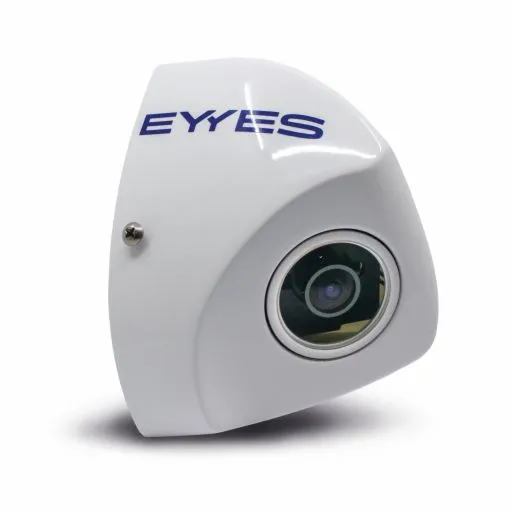Temporary intelligent transport system (ITS) solutions provider, Mobile Visual Information Systems Ltd (MVIS), has supplied the BAM Morgan Sindall joint venture with a temporary over-height detection solution for use on the M62 and M1 junction 39 to 42 smart motorway project.
Developed by MVIS and its partner, Intellicone temporary work zone safety system creator, Highway Resource Solutions (HRS), the over-height detection solution is part of the partners’ work-zone safety portfolio, the first temporary
November 17, 2014
Read time: 2 mins
Temporary intelligent transport system (ITS) solutions provider, 6918 Mobile Visual Information Systems Ltd (MVIS), has supplied the BAM 7814 Morgan Sindall joint venture with a temporary over-height detection solution for use on the M62 and M1 junction 39 to 42 smart motorway project.
Developed by MVIS and its partner,7364 Intellicone temporary work zone safety system creator, Highway Resource Solutions (HRS), the over-height detection solution is part of the partners’ work-zone safety portfolio, the first temporary road maintenance safety offer combining modular electronic perimeters and variable message signs (VMS).
The system provides personnel working at height on scaffolding beneath bridges with protection from oncoming high-sided vehicles. Signs in advance of the bridge direct high-sided vehicles away from the structure. An Intellicone Sentry Beam detects errant vehicles, activating a message on MVIS’ VMS-A variable message sign, alerting drivers to their breach and enabling them to turn round and find an alternative route.
Simultaneously, an audible Intellicone portable site alarm on the scaffolding warns workers of the breach, allowing them sufficient time to reach a position of safety.
Said BAM Morgan Sindall Joint Venture stores manager, Chris Hunter, who commissioned the solution in September: “Historically, BAM and Morgan Sindall have warned drivers of overhead obstructions via goalposts or ‘hangman’ and clatter-board constructions. Neither was as effective as the MVIS/Intellicone solution at halting errant high-sided vehicles, and neither simultaneously alerted overhead personnel of safety breaches. The new solution has quickly proved its worth; within the first week, there were three breaches, all of which were quickly remedied as the drivers were instantly alerted and able to turn around and find an alternative route.”
Said MVIS’ managing director, Pat Musgrave, on behalf of MVIS and HRS: “We are pleased that our new temporary over-height detection solution has been so quickly embraced by the transport management market, and that it is already demonstrating its ability to promote worker safety.”
Developed by MVIS and its partner,
The system provides personnel working at height on scaffolding beneath bridges with protection from oncoming high-sided vehicles. Signs in advance of the bridge direct high-sided vehicles away from the structure. An Intellicone Sentry Beam detects errant vehicles, activating a message on MVIS’ VMS-A variable message sign, alerting drivers to their breach and enabling them to turn round and find an alternative route.
Simultaneously, an audible Intellicone portable site alarm on the scaffolding warns workers of the breach, allowing them sufficient time to reach a position of safety.
Said BAM Morgan Sindall Joint Venture stores manager, Chris Hunter, who commissioned the solution in September: “Historically, BAM and Morgan Sindall have warned drivers of overhead obstructions via goalposts or ‘hangman’ and clatter-board constructions. Neither was as effective as the MVIS/Intellicone solution at halting errant high-sided vehicles, and neither simultaneously alerted overhead personnel of safety breaches. The new solution has quickly proved its worth; within the first week, there were three breaches, all of which were quickly remedied as the drivers were instantly alerted and able to turn around and find an alternative route.”
Said MVIS’ managing director, Pat Musgrave, on behalf of MVIS and HRS: “We are pleased that our new temporary over-height detection solution has been so quickly embraced by the transport management market, and that it is already demonstrating its ability to promote worker safety.”








